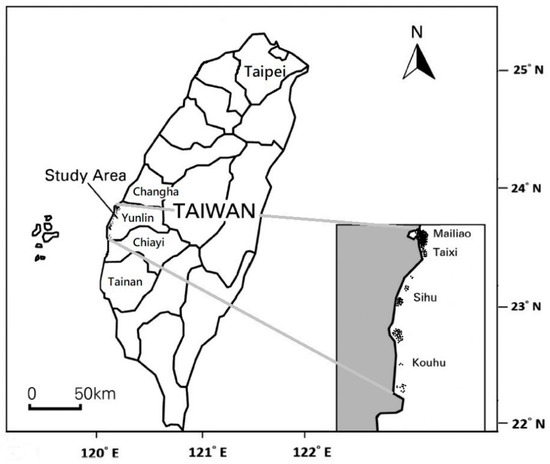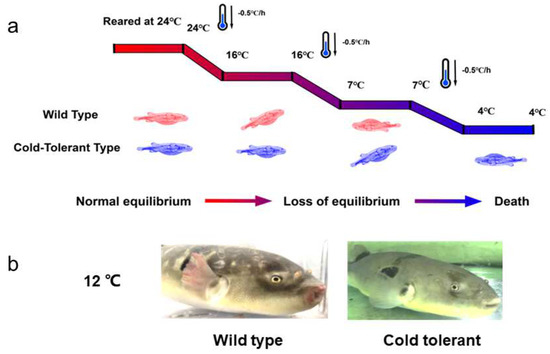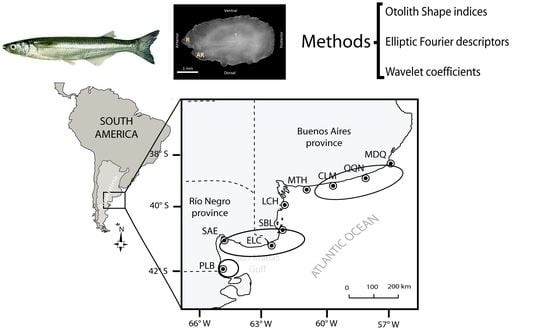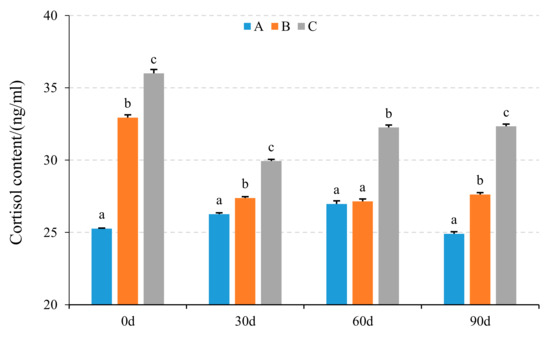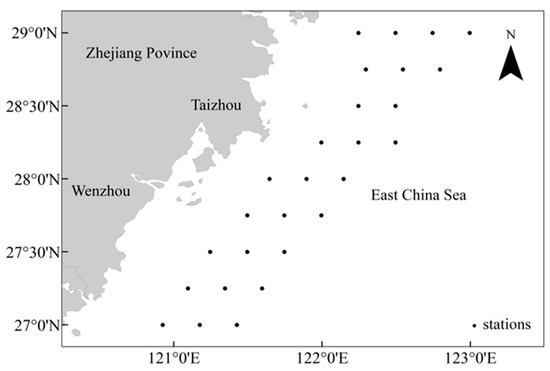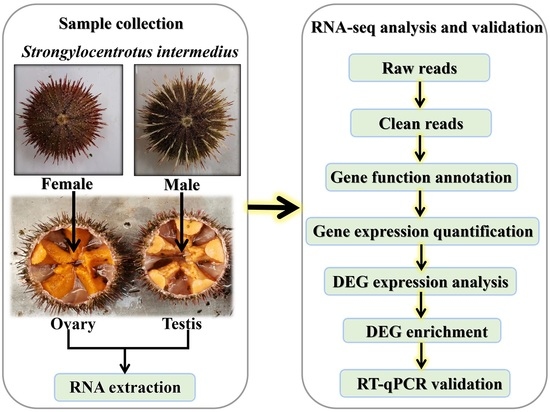Fishes 2022, 7(4), 166; https://doi.org/10.3390/fishes7040166 - 12 Jul 2022
Cited by 4 | Viewed by 3075
Abstract
The common carp (Cyprinus carpio) is farmed globally; as a subspecies, the Yellow River carp (C. c. haematopterus) is widely farmed in northern China. Since the Yellow River carp grows slowly in winter, it would benefit breeders to implement
[...] Read more.
The common carp (Cyprinus carpio) is farmed globally; as a subspecies, the Yellow River carp (C. c. haematopterus) is widely farmed in northern China. Since the Yellow River carp grows slowly in winter, it would benefit breeders to implement a breeding program targeting growth in winter. In May 2017, we established a Yellow River carp family and measured the body length, height, thickness, and weight of individuals before (October 2017) and after winter (February 2018). Based on the genetic linkage map established in our laboratory, the quantitative trait locus (QTL) mapping of these four traits led to the detection of 29 growth-related QTLs, of which 9, 7, 3, and 10 QTLs were associated with body length, height, thickness, and body weight, respectively. One consensus QTL contained seven QTLs associated with four traits. Through the two major-effect QTLs (qBL-p-1 and qBL-p-2), we screened three candidate genes (fnd3b, ghsr, and pld1), which were associated with biological activities, such as fat formation, growth, and membrane transport. These results are helpful in exploring the growth regulation mechanism and providing a reference for genetic breeding with regard to the overwintering growth of Yellow River carp.
Full article
(This article belongs to the Section Genetics and Biotechnology)
►
Show Figures





